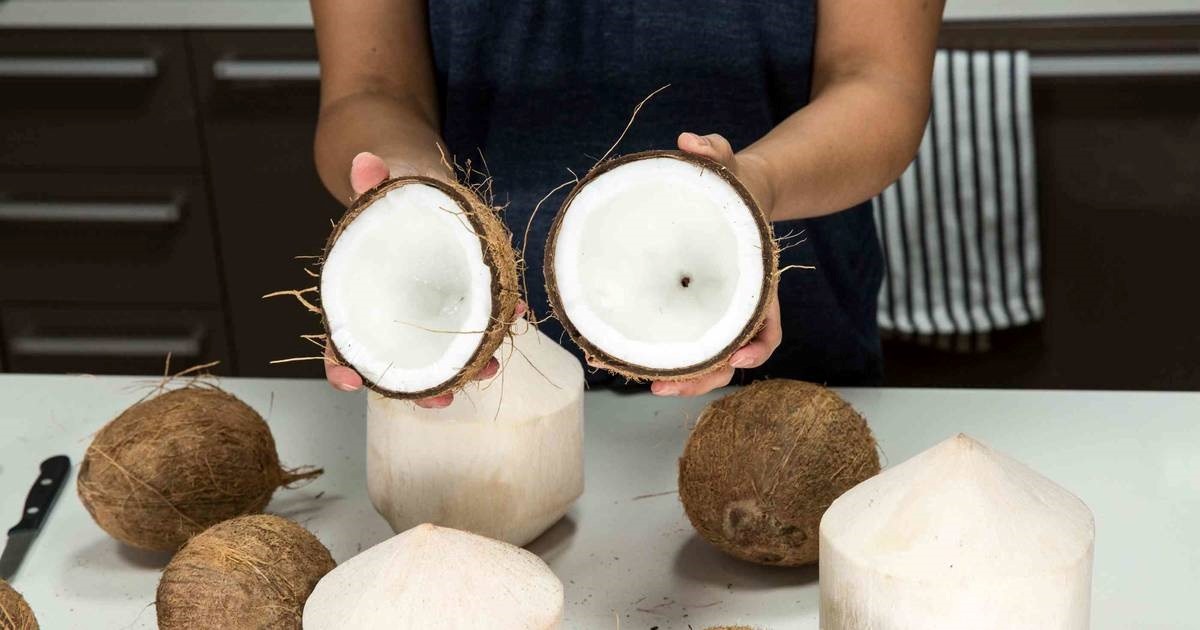

Articles
How To Store An Open Coconut
Modified: October 21, 2024
Learn the best way to store an open coconut in this helpful article. Find out how to keep the coconut fresh and prevent it from spoiling.
(Many of the links in this article redirect to a specific reviewed product. Your purchase of these products through affiliate links helps to generate commission for Storables.com, at no extra cost. Learn more)
Introduction
Coconuts have gained popularity for their delicious taste, versatility, and numerous health benefits. Whether you enjoy sipping on refreshing coconut water or indulging in the rich, creamy meat, coconuts can add a tropical touch to your meals and snacks.
But what do you do when you only use a portion of the coconut and have an open one left? While it’s tempting to throw it away, learning how to store an open coconut properly can help you prolong its freshness and enjoy every last bit of this tropical delight.
In this article, we’ll guide you through the step-by-step process of storing an open coconut so you can make the most of this versatile fruit. Let’s dive in!
Key Takeaways:
- Don’t let open coconuts go to waste! Properly store them by draining the water, removing the meat, rinsing, drying, and refrigerating. Enjoy the tropical goodness for up to a week!
- Preserve the freshness of open coconuts by following simple steps. Drain the water, remove the meat, rinse, dry, and refrigerate. Enjoy the tropical taste for up to a week!
Read more: How To Store Coconut After Opening
Step 1: Draining the Coconut Water
Before you store an open coconut, it’s important to drain the coconut water. Coconut water is the clear liquid found inside the coconut, and it can spoil quickly if left inside the shell. Here’s how to do it:
- Locate the three “eyes” of the coconut: Examine the top of the coconut and look for three small indents, often referred to as the “eyes” of the coconut.
- Poke a hole in one of the eyes: Use a sharp knife or screwdriver to puncture one of the eyes. This will create a hole for the coconut water to drain out.
- Hold the coconut over a container: Hold the coconut with the hole facing downwards, and let the coconut water drain into a bowl or any other suitable container.
- Catch and save the coconut water: Coconut water is not only delicious but also packed with electrolytes and nutrients. Don’t let it go to waste! Transfer the drained coconut water into a separate container for later use.
Once you’ve successfully drained the coconut water, you’re ready to move on to the next step.
Step 2: Removing the Coconut Meat from the Shell
After draining the coconut water, the next step is to remove the coconut meat from the shell. The meat is the white, fleshy part of the coconut that is used in various recipes and dishes. Here’s how you can do it:
- Locate the natural divide: The coconut shell has a natural divide that separates the meat from the shell. Look for the line where the shell comes together and runs along the circumference of the coconut.
- Use a blunt tool: Place the coconut on a stable surface, and using a blunt tool like a hammer or the back of a sturdy knife, firmly strike along the natural divide. Rotate the coconut as you strike to loosen the meat from the shell.
- Continue striking and rotating: Repeat the striking and rotating process until the shell starts to crack open. Be careful not to hit too hard and damage the coconut meat.
- Separate the meat from the shell: Once the coconut shell is cracked open, you can pry the meat away from the shell using a knife or a spoon. Gently insert the tool between the meat and the shell and carefully separate them.
With the coconut meat successfully removed from the shell, it’s time to move on to the next step.
Store an open coconut in the refrigerator in an airtight container or wrapped in plastic wrap to keep it fresh and prevent it from drying out.
Step 3: Rinsing the Coconut Meat
Now that you have the coconut meat separated from the shell, the next step is to rinse it. Rinsing the coconut meat helps remove any debris or residue, ensuring that it stays fresh. Follow these steps to rinse the coconut meat:
- Place the coconut meat under running water: Hold the coconut meat under a gentle stream of running water. This will help wash away any dirt or particles.
- Gently rub the meat: Using your fingers or a soft brush, gently rub the coconut meat to remove any remaining impurities. Be careful not to apply too much pressure to avoid damaging the flesh.
- Repeat the process if needed: If there are stubborn stains or pieces of residue, repeat the rinsing and rubbing process until the coconut meat is clean.
Once the coconut meat is thoroughly rinsed, it’s time to move on to the next step.
Step 4: Drying the Coconut Meat
The next step in storing an open coconut is to ensure that the coconut meat is properly dried. Drying the meat helps remove excess moisture, which can lead to spoilage. Follow these steps to dry the coconut meat:
- Pat the coconut meat dry: Use a clean kitchen towel or paper towels to gently pat the coconut meat dry. This will help soak up any remaining moisture on the surface.
- Air-dry the coconut meat: Place the coconut meat in a well-ventilated area, preferably in a cool and dry spot. Allow the coconut meat to air-dry for a few hours or until it feels firm and dry to the touch.
- Optional: Use a dehydrator: If you have a food dehydrator, you can speed up the drying process by setting it to a low temperature (around 120°F or 50°C) and placing the coconut meat inside. Keep an eye on it to prevent over-drying.
It’s important to ensure that the coconut meat is completely dry before moving on to the next step to prevent any moisture buildup that could lead to spoilage.
Read more: How To Store Coconut Cream After Opening
Step 5: Storing the Open Coconut
Now that the coconut meat is drained, removed from the shell, rinsed, and dried, it’s time to store the open coconut properly to maintain its freshness. Follow these guidelines to store the open coconut:
- Wrap the coconut meat: Take a piece of plastic wrap or place the coconut meat in a resealable plastic bag. Make sure it is securely wrapped to prevent exposure to air, which can cause the coconut meat to dry out.
- Label and date: If you have multiple open coconuts or if you plan to store them for an extended period, label the bags or containers with the date to keep track of freshness.
- Refrigerate the coconut meat: Place the wrapped coconut meat in the refrigerator. The cool temperature will help extend its shelf life and maintain its freshness.
- Check for freshness: Periodically check the coconut meat for any signs of spoilage, such as a foul odor or discoloration. Discard any coconut meat that appears to be spoiled.
- Use within a week: It’s best to consume the stored coconut meat within a week for optimal freshness and quality. Keep in mind that the longer it is stored, the more its texture and flavor may change.
Remember, proper storage is key to preserving the taste, texture, and quality of an open coconut.
By following these simple steps, you can ensure that your open coconut remains fresh and ready to use whenever you’re in the mood for some tropical goodness. So don’t let those open coconuts go to waste – store them properly and enjoy the taste of the tropics!
Frequently Asked Questions about How To Store An Open Coconut
Was this page helpful?
At Storables.com, we guarantee accurate and reliable information. Our content, validated by Expert Board Contributors, is crafted following stringent Editorial Policies. We're committed to providing you with well-researched, expert-backed insights for all your informational needs.
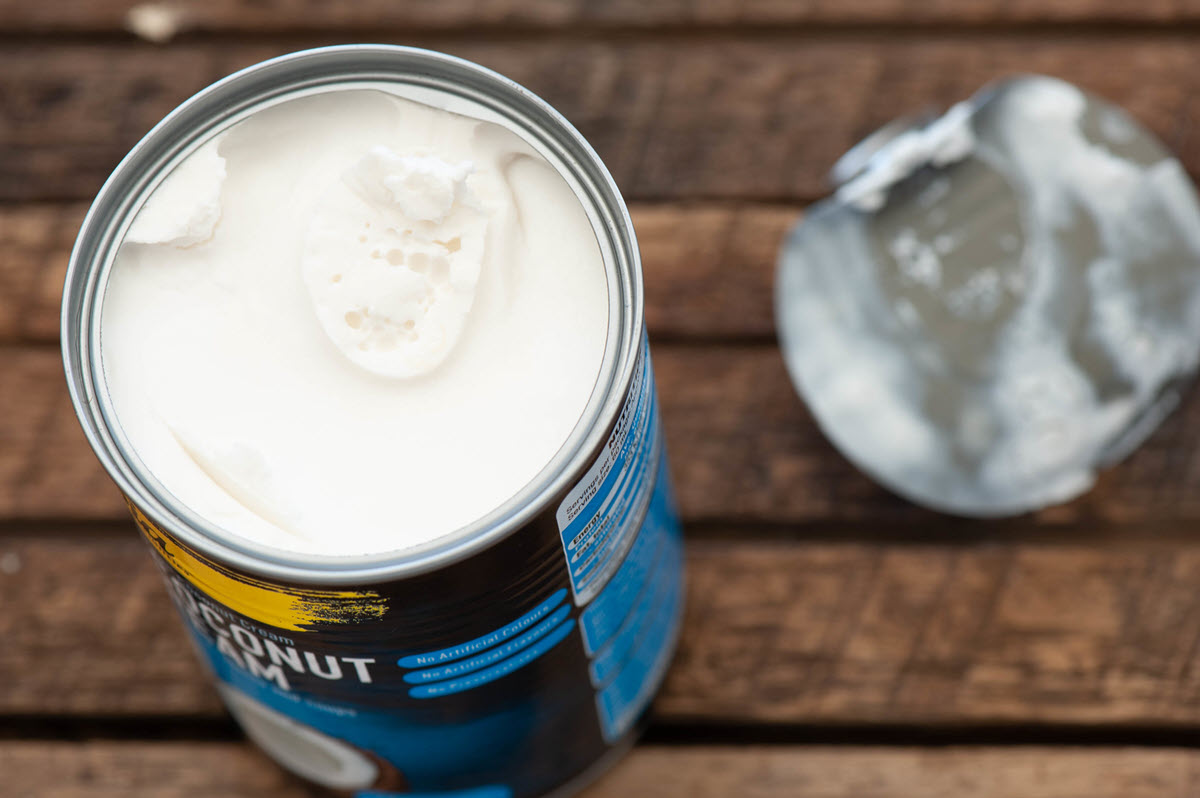
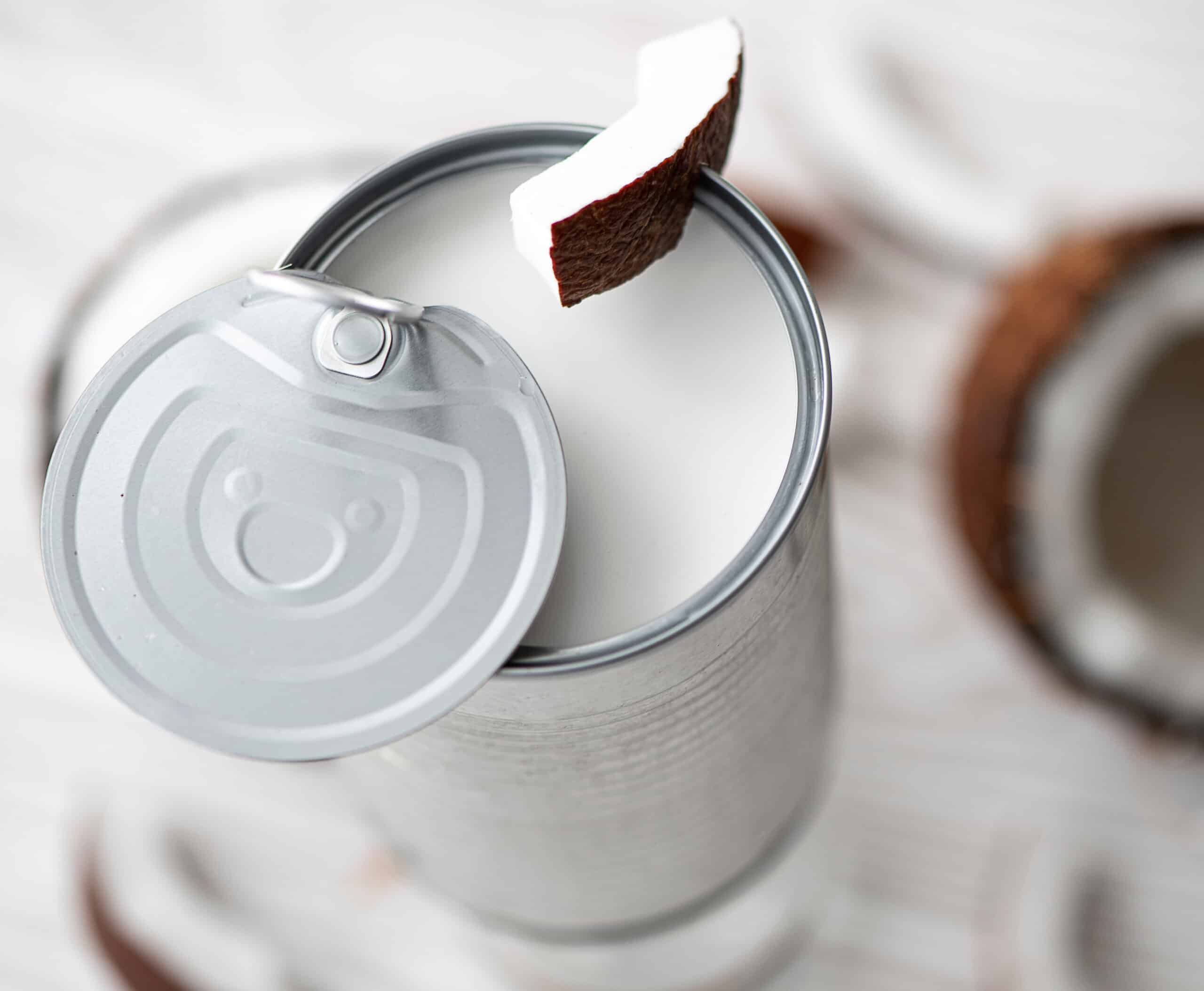

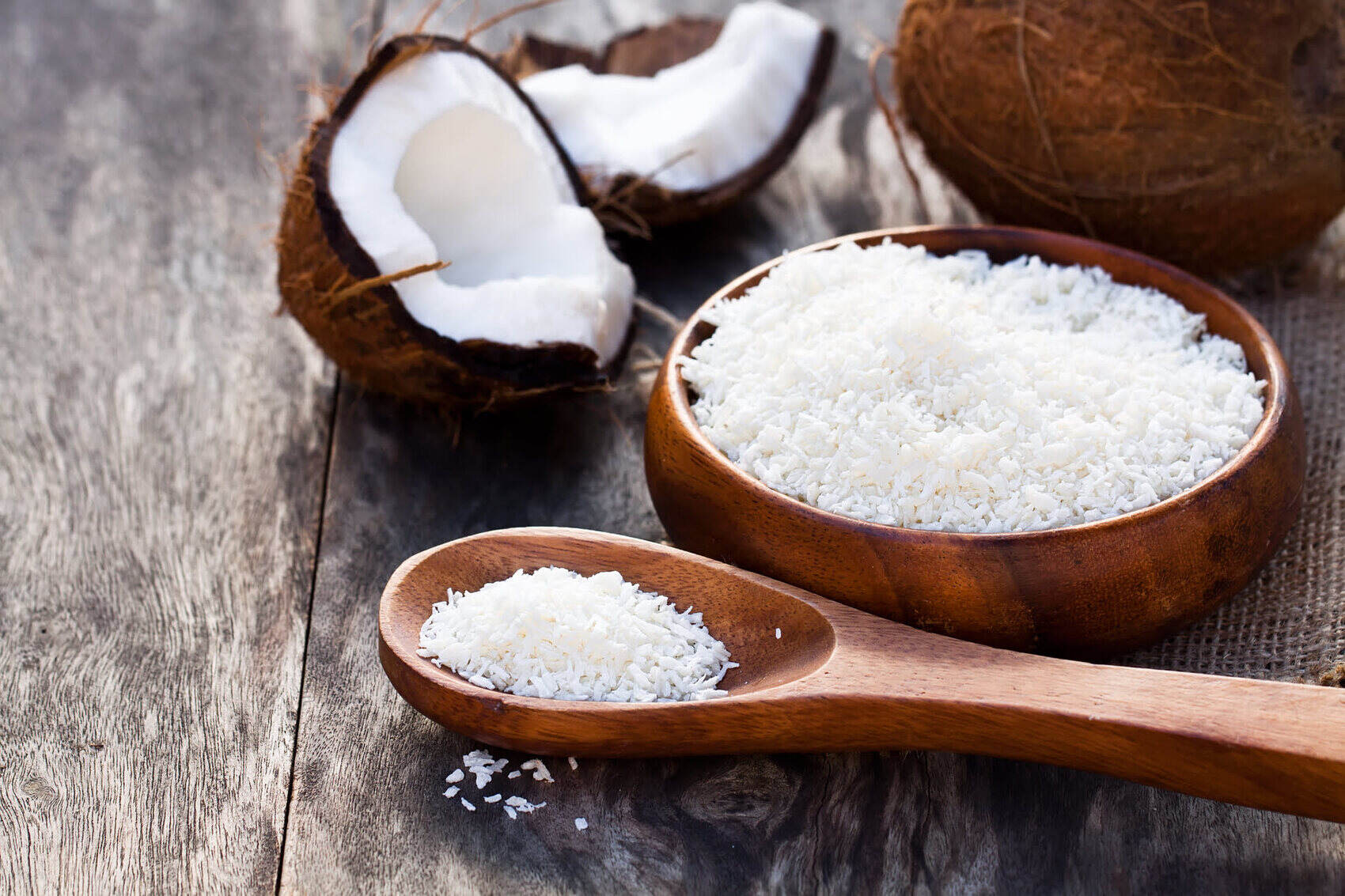
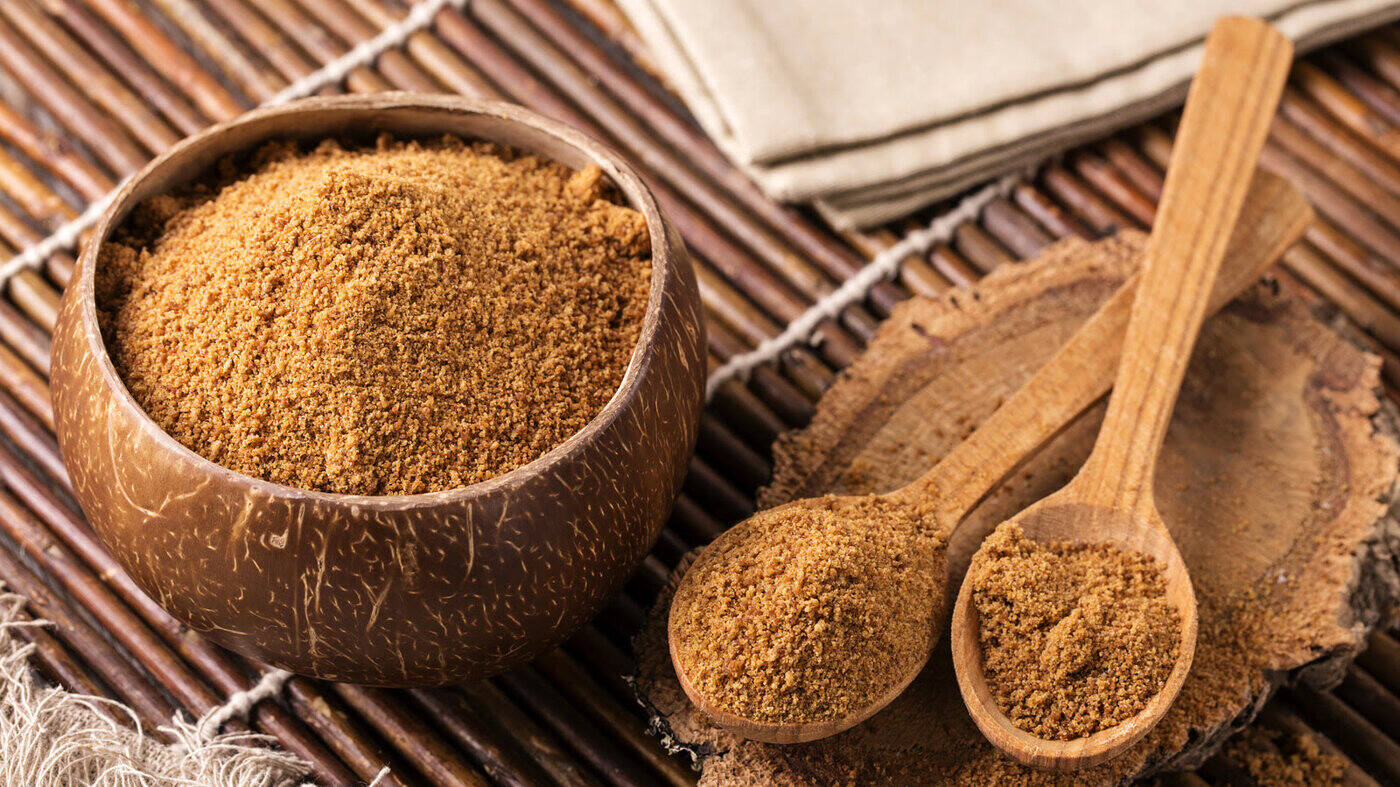
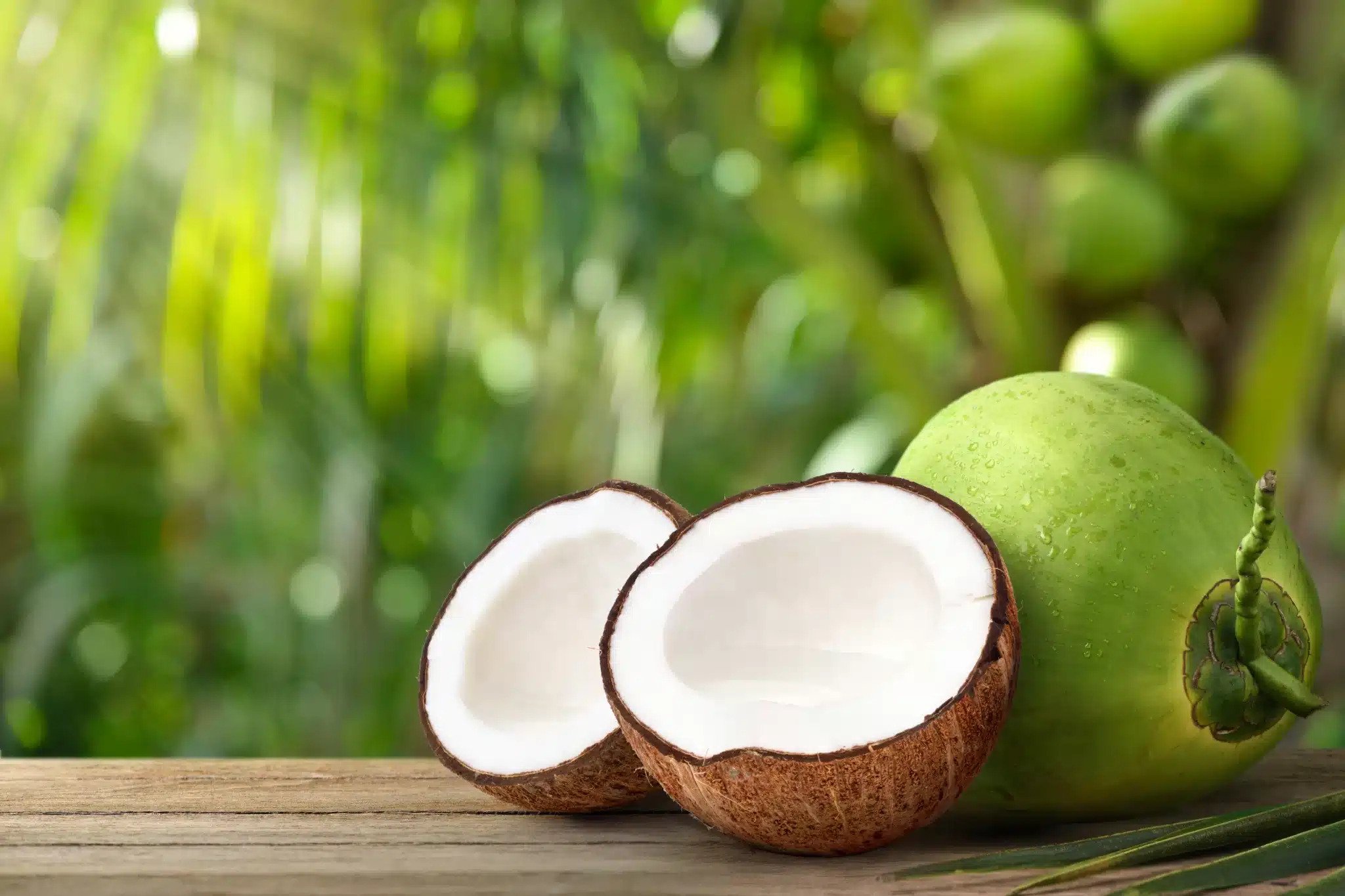
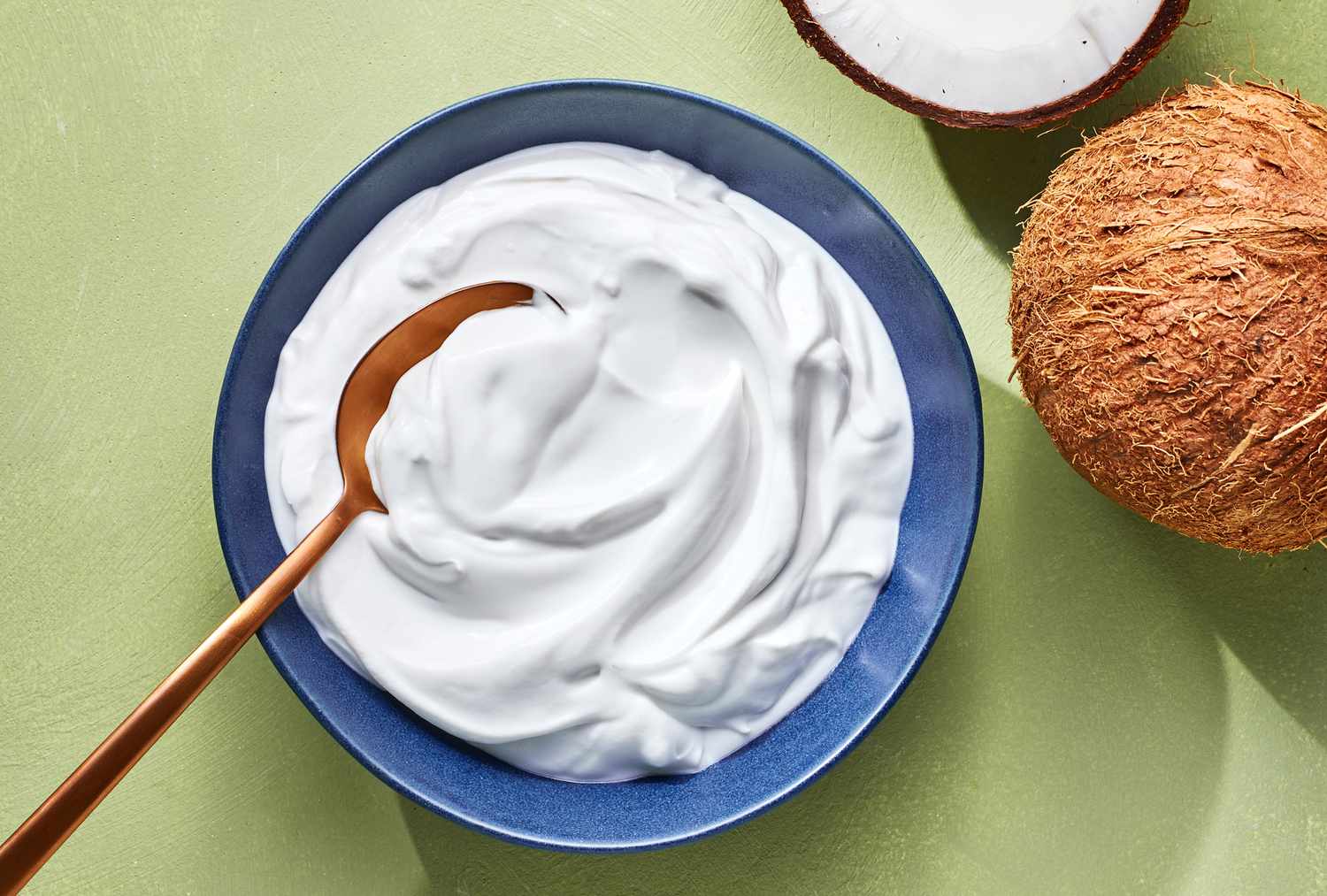
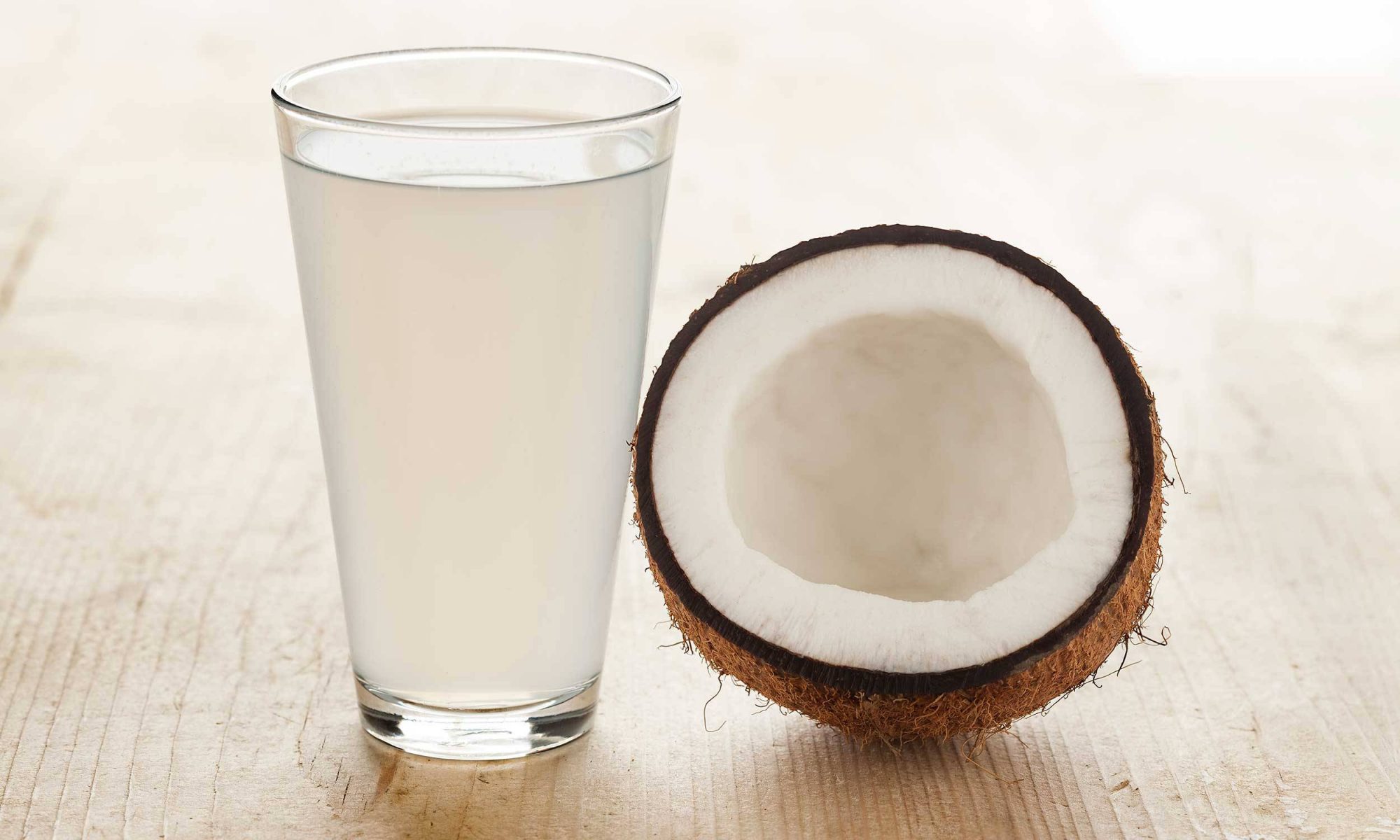
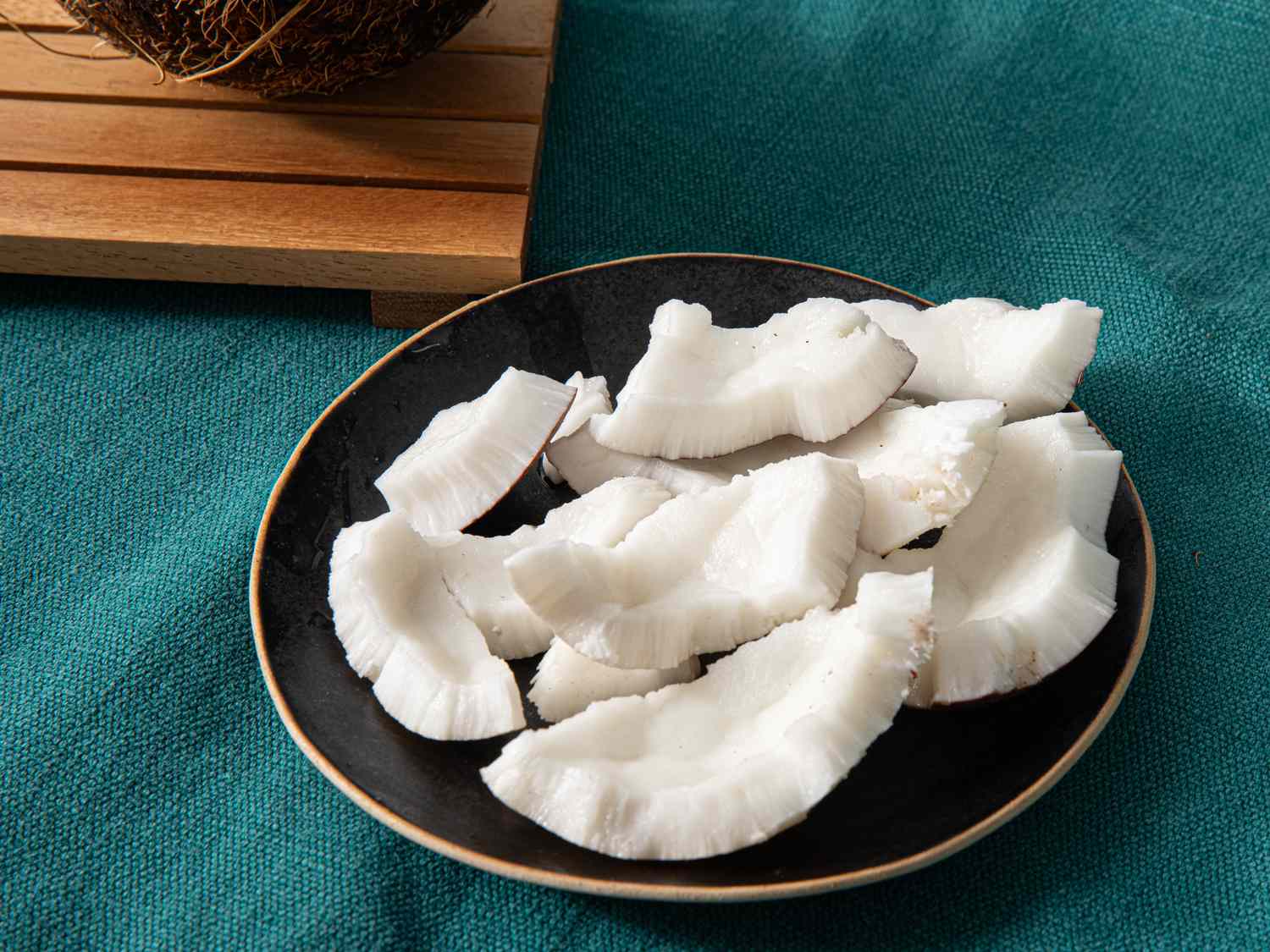
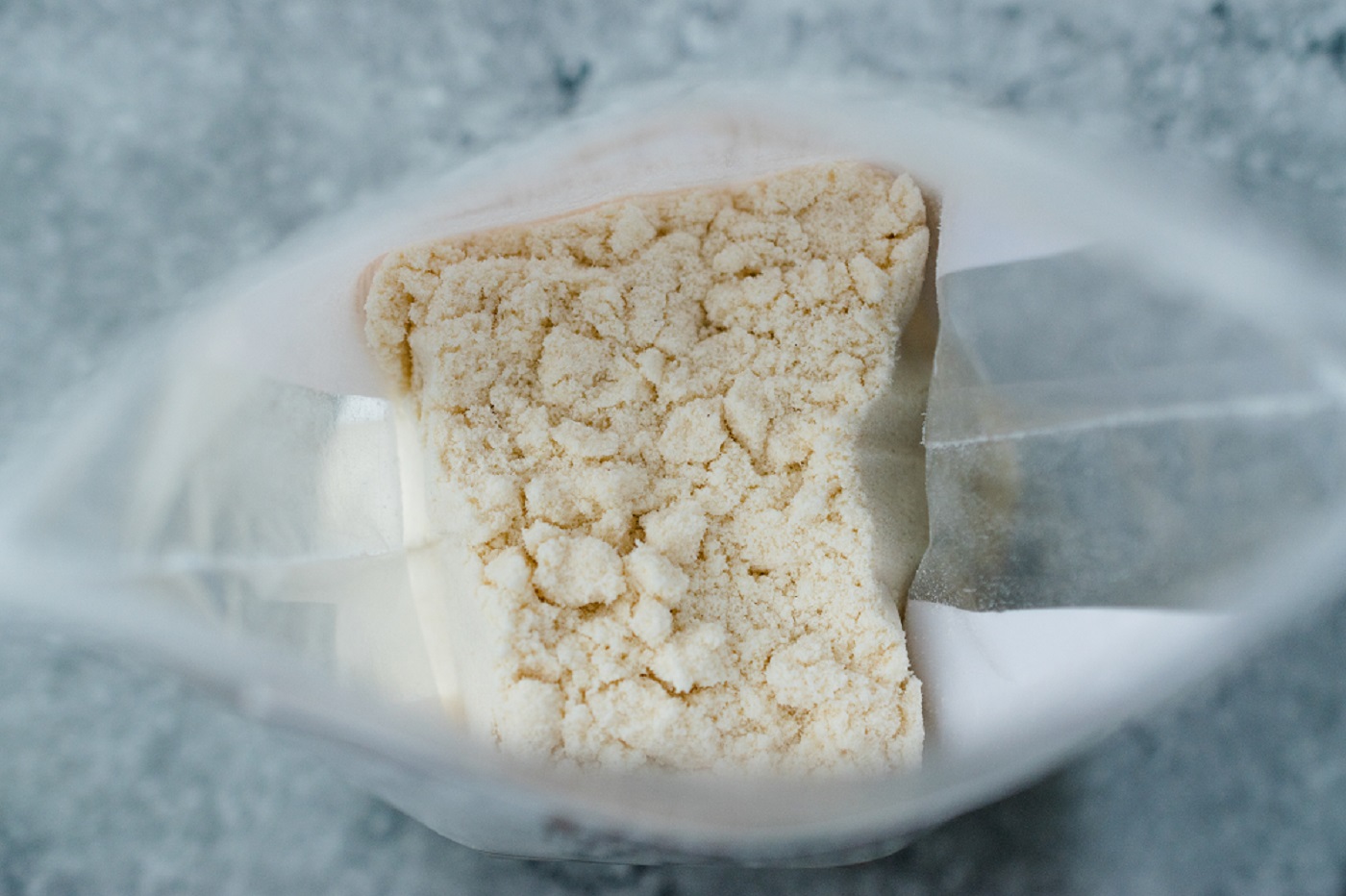
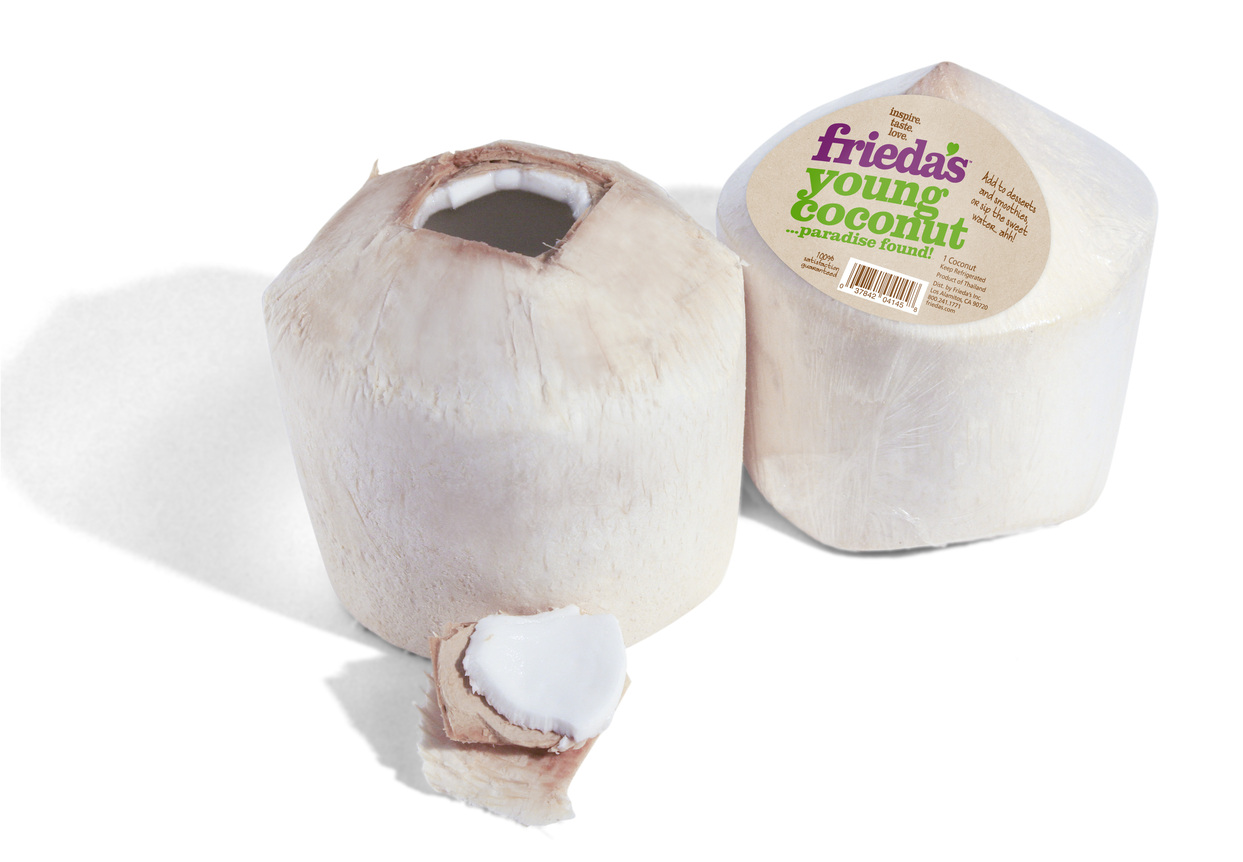

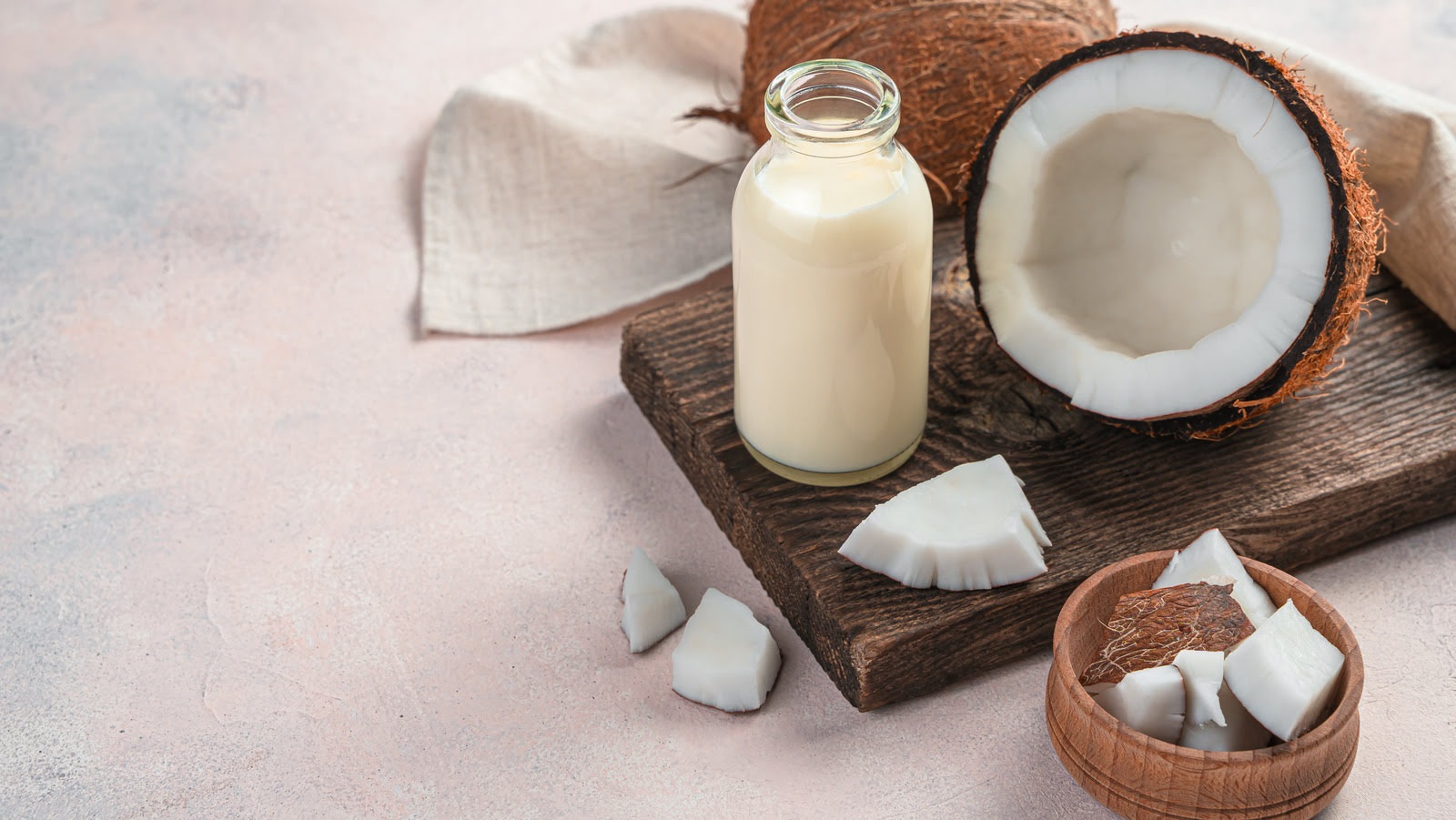
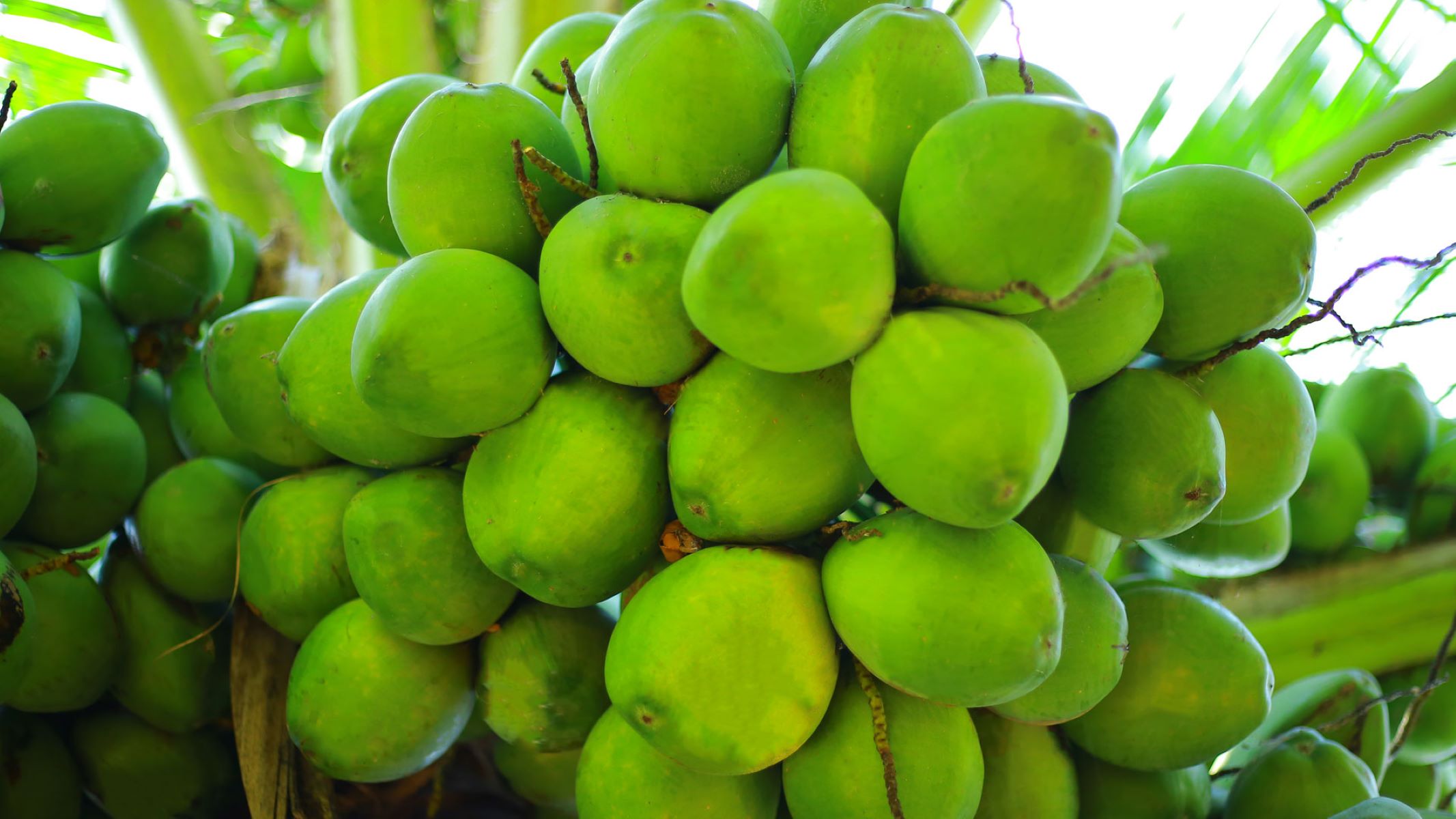

0 thoughts on “How To Store An Open Coconut”